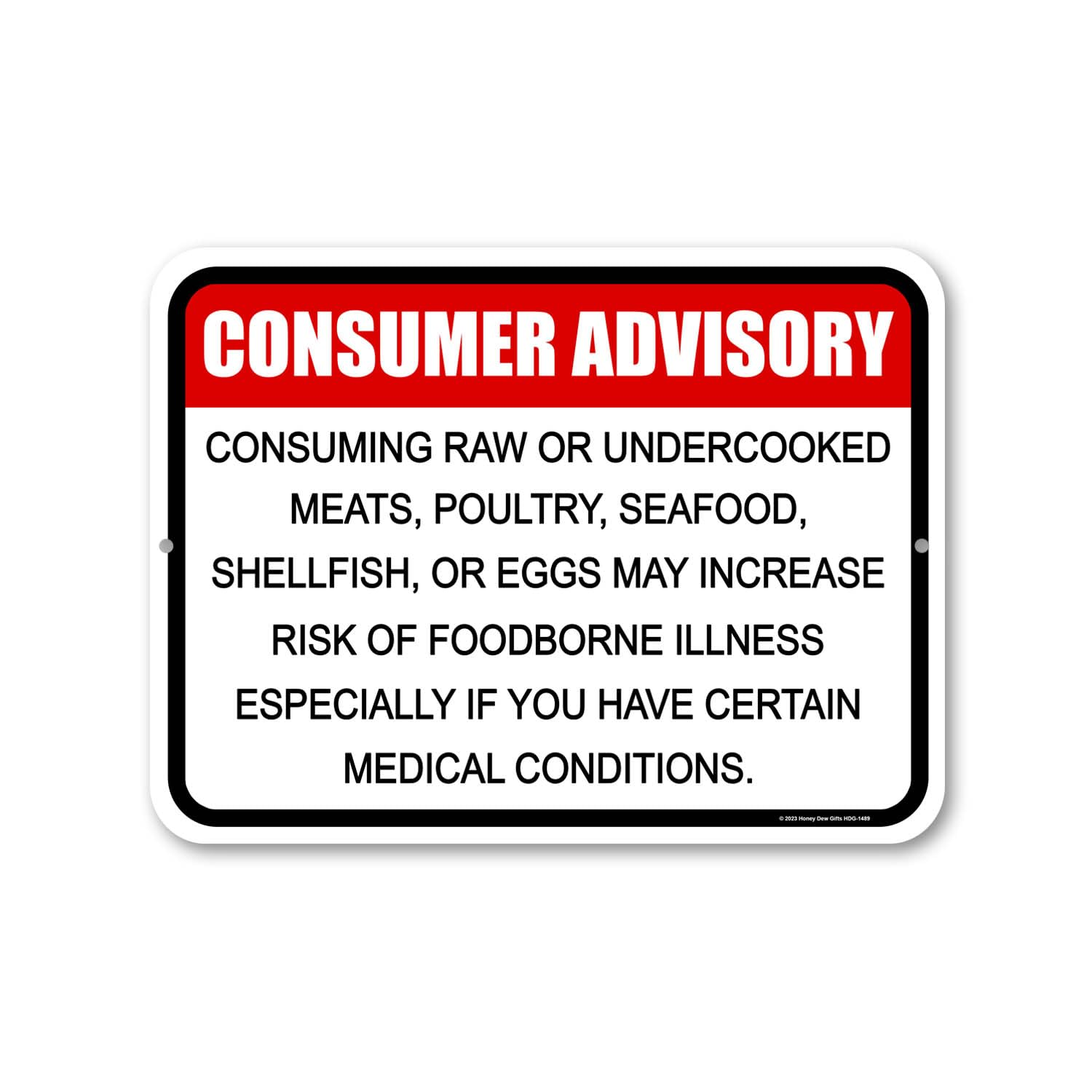47 8.4: Cooking Food
8.4 Cooking Food
Food employees use their training and expertise to prepare dishes for service. Diners trust that the dishes they are served are safe to eat because it was prepared by skilled professionals. While food knowledge and skills are important, making sure pathogens are reduced to a safe level throughout the cooking process can only be done by monitoring the internal temperature of the food. Thermometers are the tool of choice in checking temperatures. All TCS foods have certain minimum internal cooking temperatures and a set time that temperature has to be maintained in order for the food to be considered safe. The FDA has set recommendations for the minimum internal temperature for TCS foods. The table below outlines those standards.
|
Food |
Temperature |
Time |
|
Fruits, vegetables, rice, pasta, legumes |
135ºF (57ºC) |
No minimum time |
|
Fish, shellfish, crustaceans, shell eggs for immediate service, commercial game, steak/ chops of beef, lamb, pork or veal |
145ºF (63ºC) |
15 seconds |
|
Roasts of beef, lamb, pork, or veal* |
145ºF (63ºC)* |
4 minutes* |
|
Ground meat (beef, lamb, pork, veal), ground seafood, ratites,ground commercial game,mechanically tenderized meat, marinated meats that are vacuum tumbled, hot held shell eggs |
155ºF (68ºC) |
17 seconds |
|
Poultry-whole or ground chicken, turkey, and duck, stuffed meat,stuffed poultry, stuffed pasta, stuffed seafood, stuffing made with fish, meat, or poultry, any previously cooked dish made from TCS foods |
165ºF (74ºC) |
Less than 1 second |
|
Tea-brewed or steeped tea should be in direct contact with water |
175ºF (80ºC) |
Automatic brewer- one minute Steeped- 5 minutes |
* Roasts of beef, lamb, pork or veal can have alternative final cooking temperatures and time minimums that are determined by the type of roast and oven used for cooking.
TCS foods that are cooked in the microwave must be cooked to 165ºF (74ºC). To ensure even cooking the food employee should rotate the food halfway during cooking, let the food stand for at least 2 minutes before checking temperature, and check the temperature in at least two spots to make sure it is cooked through.
Consumer Advisories
Food employees must cook TCS foods to the required minimum internal temperature unless a guest asks for it to be cooked less so. Some examples would be if a guest requests medium rare steak, eggs over easy or oysters on the halfshell.
If your menu consists of TCS food items that are served raw or undercooked, you must disclose it on the menu. An asterisk next to the item with a footnote at the bottom of the menu is usually how most operations indicate raw or undercooked menu items. Guests also must be advised about the increased risk of foodborne illness that is associated with eating raw or undercooked TCS foods. The advisory should be clearly stated and accessible. Check with your local regulatory agency for specific requirements.

Partial Cooking
Partial cooking is a technique some operations use during food preparation to decrease the cook time for menu items when they are ordered for service. This practice is allowed, but specific guidelines must be followed. To partially cook a menu item consisting of meat, seafood, poultry, or eggs the food employee must:
Ensure the initial cook time of the food is less than 60 minutes
Cool the food immediately and properly
Store the food away from ready to eat food in the refrigerator or freezer and clearly label the food as partially cooked
Heat the food to its required minimum internal temperature before service
Serving Highly- Susceptible Populations
Operations that serve highly-susceptible populations should never serve unpasteurized milk or juice, raw or undercooked unpasteurized eggs, raw seed sprouts, or any raw or undercooked meat or seafood.Eating these items brings unnecessary risk of foodborne illness to an already vulnerable population.
